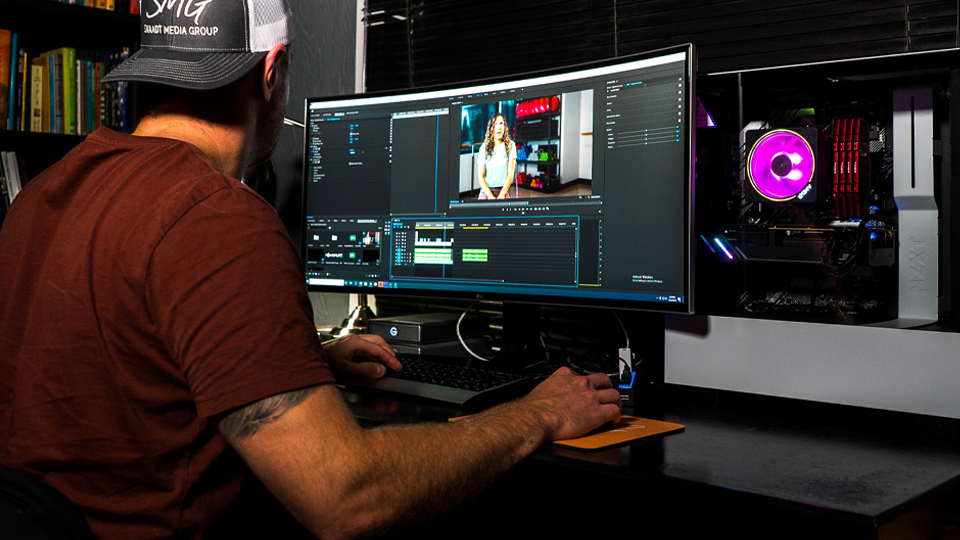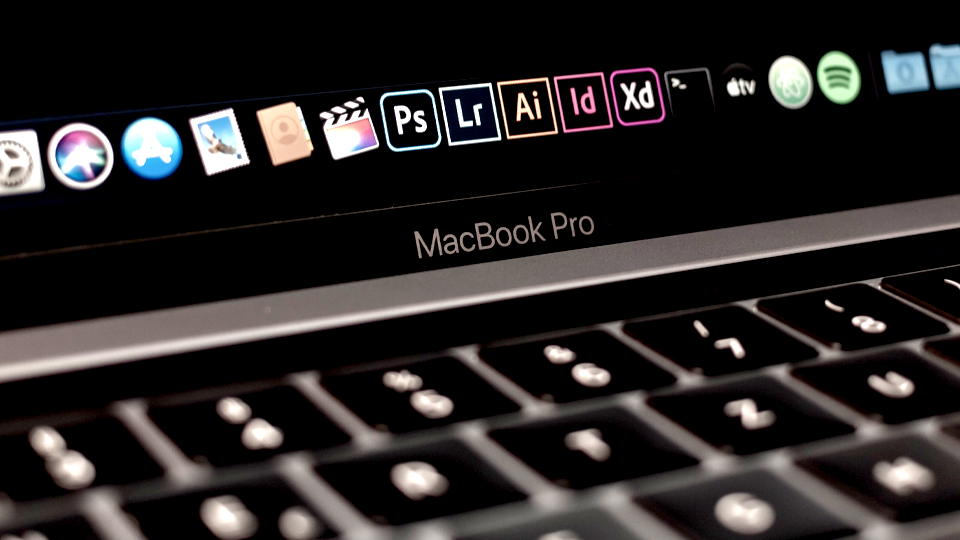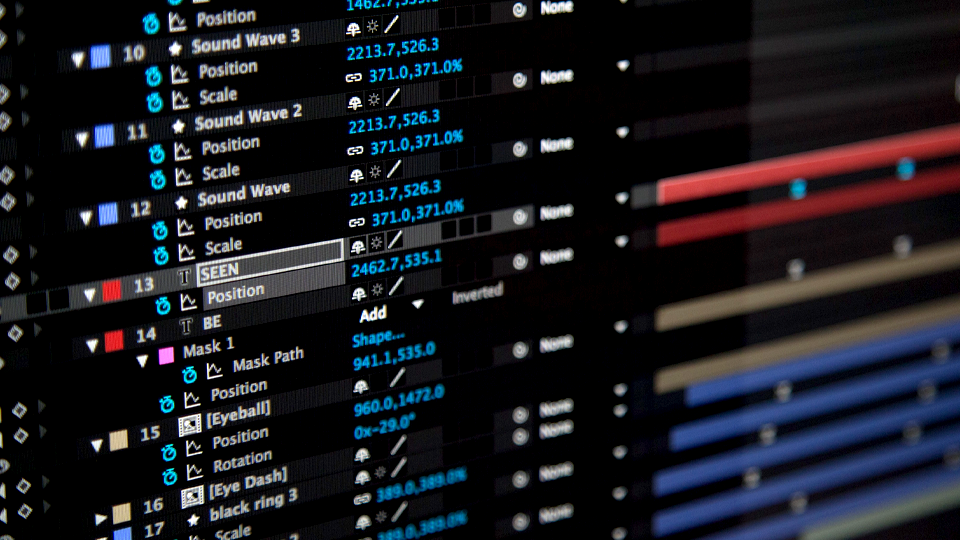File Streaming vs. Syncing Media: What Creative Teams Need to Know
The Editors

5 Minutes

There’s a monumental shift happening in the media industry.
As teams choose to adopt more remote work, file sizes continue to grow, and deadlines are always getting tighter, the workflows, processes, and systems creative teams once relied upon—a combination of traditional cloud-based “sync solutions”, local drives, and cobbled-together tools—are starting to break under the weight of these modern creative demands.
At the heart of the shift is one critical decision: Should your team still sync media—or stream it?
Here’s what you need to know.
What is File Syncing?
File syncing is the process of keeping files and folders identical across multiple devices by uploading changes to a cloud-based service (like Dropbox) and downloading those changes locally to each user’s machine every time a change is made to the file.
Here’s how it works:
- A file is uploaded to the cloud.
- Every other collaborator must download it in full to work on it.
- If any changes are made, the process of uploading & downloading repeats.
- Access to the new version is only possible once it has synced across all users’ devices.
Don’t get us wrong, traditional sync solutions were useful. They had their place when file sizes were smaller, teams were co-located, and, frankly, because that’s all that existed…
But for modern media teams? These workflows fall apart fast, especially at scale.
Why Syncing Breaks Creative Workflows
Syncing can’t keep up with how creative teams work today—especially in media-heavy fields like post production, VFX, or broadcast.
Here’s what makes syncing a bottleneck:
- Huge file sizes. 4K, 8K, and RAW footage takes hours to sync, and must be downloaded in full by every user, every single time a change is made.
- Storage limits. Depending on the size of working files, editors run out of local storage, leading to significant time spent on manual file cleanup or piling up more external drives.
- Versioning chaos. One incomplete sync and you're working on the wrong cut... or you’re unable to work at all…
- Redundant downloads. Every user downloads the same file—even if they’re not actively editing it, wasting local storage and network bandwidth.
In short: Syncing files today adds consequential delays, risks, and storage strains at every turn.
What is File Streaming?
File streaming is a new technology that enables real-time access to data from any location, without downloading or syncing files first.
Instead of bringing a full file local before working on it, file streaming lets you access and interact with files instantly. It works because it only pulls down the bits of the file that you need in that moment.
Think of it like Netflix or your favorite streaming service: you don’t download an entire movie before watching it—you stream only the frames you’re watching. With file streaming, the same logic applies to your media at the file level.
With file streaming, your team can:
- Open Adobe Premiere Pro or Davinci Resolve and start editing immediately
- Access only the necessary data from massive source files
- Never worry about file clean up or local storage running out
- Avoid duplicating the same files across multiple machines
- Centralize media for streamlined access for collaborators anywhere
How Streaming Accelerates Modern Media Workflows
Creative teams today are working across more platforms, more locations, and with more urgency than ever before.
File streaming is purpose-built today’s demanding workflows & remote environment, offering a cloud-native storage solution that lets media professionals access data instantly from any location.
Here’s what file streaming unlocks:
- Instant access to working files: Files are available the second they’re uploaded, without having to wait for syncs or downloads to complete.
- Collaborate across continents like you’re in the same room: Everyone on your team can access the most recent versions of files the moment they are updated, no matter their location or network conditions.
- Ensure version accuracy after every save: Stop wondering if you’re working on the latest version. File streaming provides a centralized source of truth that’s updated in real-time, letting teams access data instantly.
- Simplify onboarding for new team members: Add a freelancer or remote editor and grant them access to working files within minutes. With file streaming, there’s no need to sync folders or assets prior to beginning work. Hop right in…
Streaming vs. Syncing: A Comparison
File Syncing
- Access Speed = Wait for full download
- Local Storage Required = High
- Redundant Copies = Frequent
- Version Control = Manual, isolated & error-prone
- Ideal For = Small files, casual sharing
- Scale With Team Size = Poorly
File Streaming
- Access Speed = Instant, real-time access
- Local Storage Required = Minimal
- Redundant Copies = None
- Version Control = Centralized source of truth
- Ideal For = Any RAW Media & File Types
- Scales with Team Size = Seamlessly
The Bottom Line
If your team is still relying on sync-based tools to store, share, and edit massive media files, you’re working against the clock—and you’re limiting your team’s potential.
Syncing was built for documents.
Streaming was built for media.
Creative teams today need more than a place to store files—they need a storage platform that connects artists to the files they need in real-time. File streaming technology lets key collaborators work directly from the cloud without delay, without syncing, and without compromise.




































